Advancements in Technology
Technological advancements play a crucial role in shaping the Mini PC Market. Innovations in processing power, storage capabilities, and graphics performance have made mini PCs increasingly viable for a range of applications, from gaming to professional use. The introduction of powerful processors, such as those from leading semiconductor manufacturers, has enhanced the performance of mini PCs, allowing them to compete with traditional desktop systems. Furthermore, the integration of solid-state drives (SSDs) has improved data access speeds, making these devices more appealing to consumers. As technology continues to evolve, the Mini PC Market is likely to benefit from ongoing enhancements that cater to diverse user needs.
Growing Interest in Gaming
The Mini PC Market is witnessing a growing interest in gaming, particularly among enthusiasts seeking compact yet powerful systems. Mini PCs are increasingly being recognized for their ability to deliver high-quality gaming experiences without the bulk of traditional gaming rigs. With the rise of eSports and online gaming communities, there is a demand for portable gaming solutions that do not compromise on performance. Market data suggests that the gaming segment of the mini PC market is expected to expand significantly, driven by the need for devices that can handle demanding graphics and processing requirements. This trend indicates a promising future for the Mini PC Market as it aligns with the evolving preferences of gamers.
Integration of Artificial Intelligence
The integration of artificial intelligence (AI) technologies is emerging as a significant driver in the Mini PC Market. As AI applications become more prevalent across various sectors, the demand for compact computing devices capable of handling AI workloads is increasing. Mini PCs are being designed to support AI-driven applications, offering the necessary processing power and efficiency. This trend is particularly relevant in fields such as data analysis, machine learning, and smart home automation. The potential for mini PCs to serve as AI hubs suggests a transformative impact on the Mini PC Market, as businesses and consumers seek devices that can leverage the benefits of AI.
Environmental Sustainability Initiatives
The Mini PC Market is also influenced by the growing emphasis on environmental sustainability initiatives. As consumers become more environmentally conscious, there is a rising demand for energy-efficient computing solutions. Mini PCs typically consume less power compared to traditional desktops, making them an attractive option for eco-friendly consumers. Manufacturers are increasingly focusing on creating energy-efficient models that meet sustainability standards, which not only reduces carbon footprints but also appeals to a broader audience. This shift towards sustainable technology is likely to propel the Mini PC Market as it aligns with global efforts to promote greener computing solutions.
Increasing Adoption of Remote Work Solutions
The Mini PC Market is experiencing a notable surge in demand due to the increasing adoption of remote work solutions. As organizations continue to embrace flexible work arrangements, the need for compact and efficient computing devices has become paramount. Mini PCs offer a space-saving alternative to traditional desktops, making them ideal for home offices. According to recent data, the market for mini PCs is projected to grow at a compound annual growth rate of approximately 10% over the next five years. This trend indicates a shift in consumer preferences towards devices that combine portability with performance, thereby driving the Mini PC Market forward.


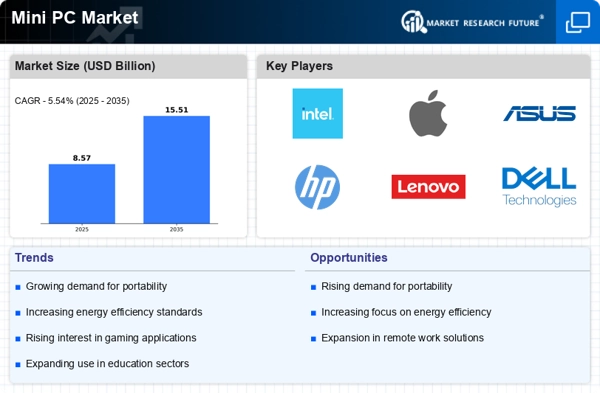
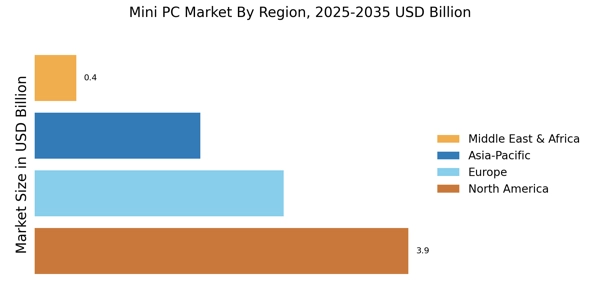
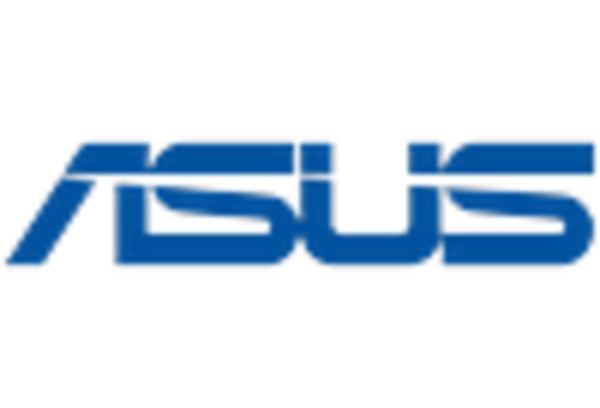

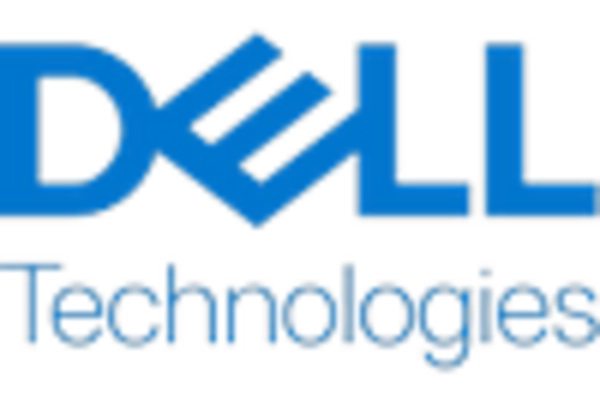
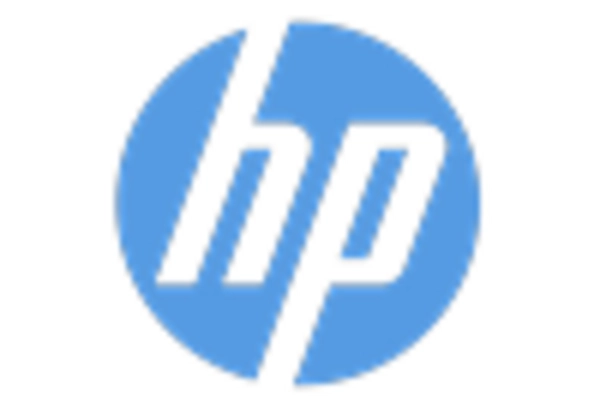

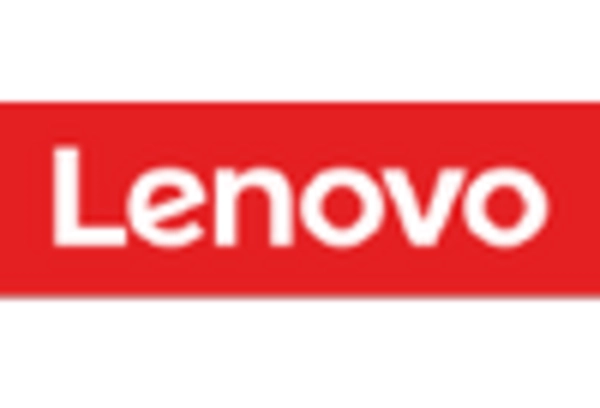








Leave a Comment